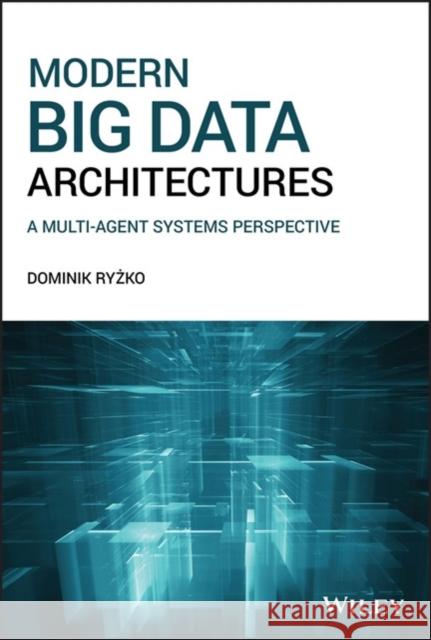Modern Big Data Architectures: A Multi-Agent Systems Perspective » książka
topmenu
Modern Big Data Architectures: A Multi-Agent Systems Perspective
ISBN-13: 9781119597841 / Angielski / Twarda / 2020 / 208 str.
Kategorie:
Kategorie BISAC:
Wydawca:
John Wiley & Sons Inc
Język:
Angielski
ISBN-13:
9781119597841
Rok wydania:
2020
Ilość stron:
208
Waga:
0.39 kg
Wymiary:
23.11 x 15.49 x 2.54
Oprawa:
Twarda
Wolumenów:
01
Dodatkowe informacje:
Bibliografia











